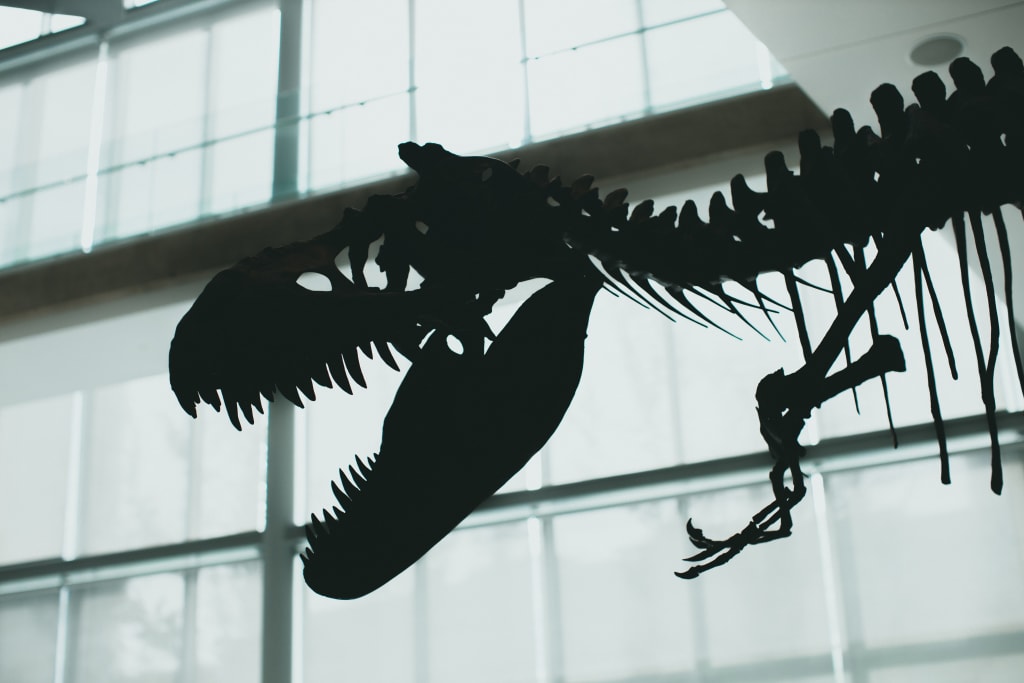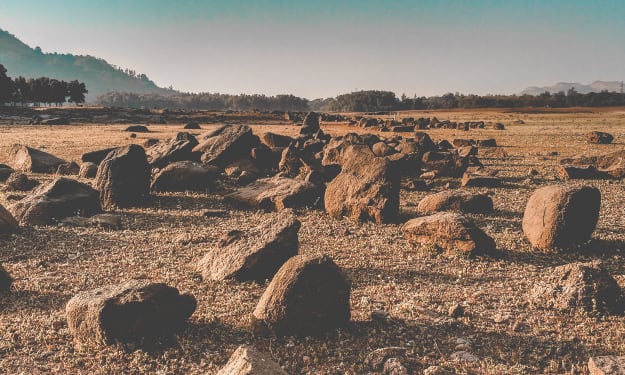
Mammoths were large, shaggy elephants that lived during the Ice Age. They roamed across North America, Europe, and Asia, and were an important part of the ecosystem during this time. There were several different species of mammoths, including the woolly mammoth, which was covered in thick fur to survive in the cold tundra environment.
Mammoths were herbivores, and their diet consisted mainly of grasses, leaves, and shrubs. They had long tusks that they used to dig up roots and bushes, and to defend themselves against predators such as saber-toothed tigers. They also used their tusks to help clear paths through snow and ice.
The extinction of mammoths is still somewhat of a mystery, but it is believed that a combination of climate change and overhunting by early humans played a role. As the Earth's climate became warmer, the habitats that mammoths relied on for food and shelter disappeared. At the same time, human populations were expanding and spreading across the world, and they hunted mammoths for food and resources such as ivory.
Despite their extinction, the legacy of mammoths lives on today. Their fossils have been found all over the world and have provided important information about their biology and behavior. In recent years, there have even been attempts to bring mammoths back to life through cloning.
The idea of cloning mammoths was popularized in the 1990s, when scientists discovered well-preserved frozen mammoths in the Arctic tundra. By analyzing the DNA in these specimens, scientists hope to learn more about mammoths and eventually bring them back to life.
One of the main challenges of cloning a mammoth is the fact that their DNA has degraded over time. As a result, there are many gaps in the genetic information that scientists need to fill in order to recreate a viable mammoth genome. In order to do this, they are using DNA from modern elephants as a reference.
Once the mammoth genome has been reconstructed, scientists plan to insert it into an elephant egg. The egg would then be implanted into an elephant surrogate, and the resulting offspring would be a hybrid of an elephant and a mammoth.
There are many ethical and scientific challenges to this approach, and it remains to be seen whether it will be possible to successfully clone a mammoth. However, even if this goal is never achieved, the research that is being done to try and bring mammoths back to life is helping us to better understand these amazing creatures and their place in the natural world.
In conclusion, mammoths were impressive creatures that played a significant role in the Ice Age ecosystem. Despite their extinction, their fossils have provided valuable information about their biology and behavior. Today, scientists are exploring the possibility of bringing mammoths back to life through cloning, and this research is helping us to better understand these fascinating animals.
Certainly! In addition to the challenges of cloning a mammoth, there is also a debate over the ethics of reviving extinct species. Some argue that it is not appropriate to bring back species that have been gone for thousands of years, as this could have unintended consequences for the ecosystem. For example, if mammoths were to be reintroduced to the world, they might compete with other species for resources or upset the balance of the ecosystem in other ways.
On the other hand, there are those who argue that bringing back extinct species could have positive impacts, such as increasing biodiversity and preserving endangered species. For example, if mammoths were brought back to life, they could help to keep grasslands healthy by trampling down vegetation and promoting new growth. This, in turn, could benefit other species that rely on these grasslands for food and shelter.
In addition to the potential ecological benefits, there is also the matter of preserving species that were once an integral part of the natural world. For many people, the thought of mammoths roaming the earth once again is a powerful reminder of the diversity and wonder of the natural world. Furthermore, by reviving mammoths, we could also gain new insights into their biology and behavior, which would deepen our understanding of these animals and their place in the natural world.
Despite the challenges and ethical considerations, the prospect of cloning mammoths remains an exciting one. As technology continues to advance, it may become possible to bring these magnificent creatures back to life, and to once again marvel at the incredible diversity and wonder of the natural world.
In conclusion, mammoths were a unique and fascinating species that played an important role in the Ice Age ecosystem. Despite their extinction, they continue to capture our imagination and inspire scientific inquiry. The possibility of cloning mammoths raises complex ethical and scientific questions, but it also offers the possibility of preserving species that were once an integral part of the natural world, and of increasing our understanding of the biology and behavior of these fascinating animals.
About the Creator
Reader insights
Good effort
You have potential. Keep practicing and don’t give up!
Top insights
Compelling and original writing
Creative use of language & vocab
Easy to read and follow
Well-structured & engaging content
Excellent storytelling
Original narrative & well developed characters
Expert insights and opinions
Arguments were carefully researched and presented
Eye opening
Niche topic & fresh perspectives
Heartfelt and relatable
The story invoked strong personal emotions
Masterful proofreading
Zero grammar & spelling mistakes
On-point and relevant
Writing reflected the title & theme






Comments (1)
Good